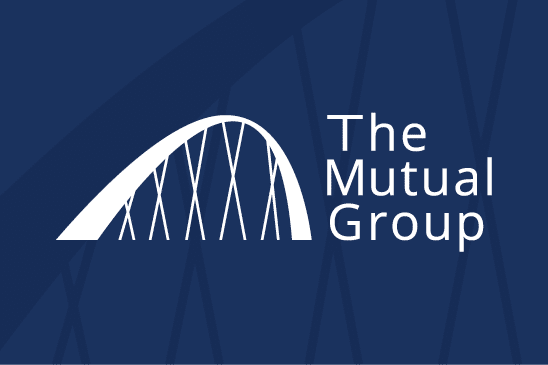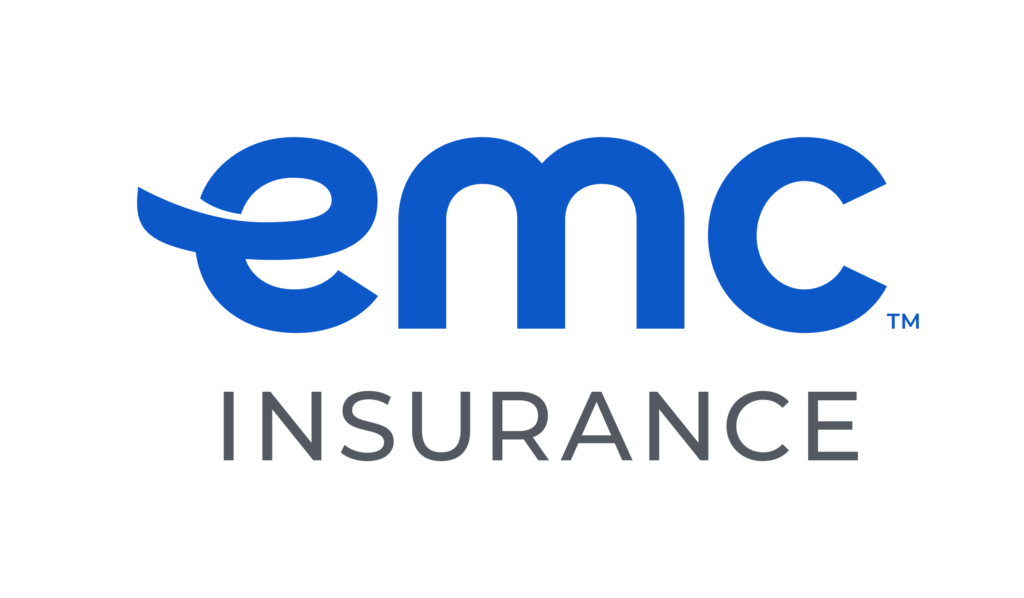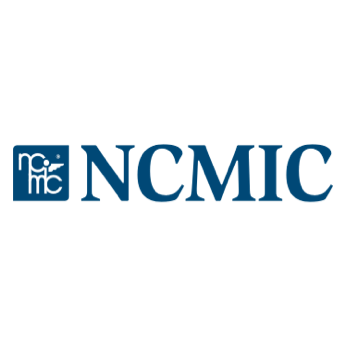Streamlining could speed up Pfizer

Dear Mr. Berko:
I bought 400 shares of Pfizer at $24 in 2004 and carefully follow most of what the company does. I have been hearing that management is going to sell or spin off a number of divisions that are a drag on its earnings. Can you tell me which divisions they might be? And would you please tell me if I should sell my shares and take a loss? I thought the purchase of Wyeth would be a turnaround for the company, but I was wrong. I really appreciate your opinion.
N.L., San Antonio
Dear N.L.:
When Pfizer Inc. (PFE-$20.78) decided to take over Wyeth in 2009, I also thought, “Way to go, Jeff Kindler,” who was the CEO. Unfortunately, a lot of good Wyeth people left when PFE absorbed this well-managed company. It took me almost a year to realize that Pfizer’s management sorely lacks the knowledge, skill sets, experience and commitment to seamlessly integrate Wyeth into the PFE culture. In fact, Kindler and his team were so inept and clueless that Jeff decided to resign rather than suffer the ignominy of being publicly canned.
Pfizer’s management had no more depth than a parking lot puddle and figured they could buy their way out of the doldrums of stagnation by becoming bigger. Well, the only thing bigger brings is inefficiency and bureaucracy. Wyeth’s acquisition produced the proof and paved the way for Ian Read, PFE’s new CEO. Now Read and the board may sell or spin off some of the company’s smaller multibillion-dollar businesses to shareholders, reducing the size of Pfizer by 40 percent. The following are some of the most likely candidates: The generic drug division, with $10.5 billion in revenues, is a poorly managed and profitless subsidiary. Teva Pharmaceutical Industries Ltd. (TEVA-$48.99), a generic drug company with $17 billion in revenues that made $3.5 billion last year, is very interested.
Pfizer’s animal health business, with $3.8 billion in revenues, the $3 billion consumer health subsidiary (Preparation H, ChapStick, Dristan and Advil) and its $2 billion nutritionals business may be divested, with PFE retaining an investment stake in each. Meanwhile, PFE recently sold Capsugel, a leading manufacturer of hard pills, to Kohlberg Kravis Roberts & Co. for $2.4 billion.
Absent these niggling divisions should be a streamlined Pfizer that is about 95 percent prescription drugs, which are hugely profitable. It is estimated that Rx drugs bring in about 90 percent of the company’s net profits and employ about 70 percent of its 111,000-member work force.
Even with the loss of revenues from Lipitor ($13 billion in sales), the Street expects PFE to earn $2.20 a share next year and to increase the dividend from the current 80 cents to 90 cents. Meanwhile, some Pfizer watchers think these divestitures could be worth between $4 and $6 a share, enough to recommend that you hold your 400 shares.
Even if these divestitures do not materialize this year or next, or take longer to complete than anticipated, I still advise you to keep PFE. Ian Read has a big new broom and has been given the authority to clean out the company’s moribund and talentless executive suite.
Some executive resignation letters already have been written, and pink slips have been issued to lower-level employees. More than 1,500 people from PFE’s Groton campus will soon be looking for new jobs, and in the coming 12 months, some 12,000 redundant employees around the world will be looking for work.
The trend has been set. We may be looking at a new Pfizer with some zip-a-dee-doo-dah in its net income, enthusiasm in its stock price, and reliable and strong dividend growth.
Please address your financial questions to Malcolm Berko, P.O. Box 8303, Largo, Fla. 33775 or email him at mjberko@yahoo.com. © 2011 Creators.com











